
Winter is the time of the year when people become more prone to infections, injuries and fever. This counts for people of all ages, but elderly population is particularly endangered. However, there are some precautions seniors should take that can help get them trough to spring vigorous and in a good physical shape.National Weather Service
Local weather stations will inform citizens, if temperatures may reach the critical level. It is of high importance to become familiar with general terms from the National Weather Service: A winter advisory indicate weather is expected to cause serious problems and potentially be hazardous. Citizens should supply themselves with essential goods, fill up their gas thank and avoid the possibility to become cut-off by snow. Frost/Freeze warning signify expected temperatures of below freezing point. This may cause damage to plants. It is recommended to wear hat and cover mouth when going outside. A winter storm watch refers to heavy ice and snow expected in one to two days. Tips for avoiding injury should be applied in this case. A winter storm means harsh weather is just about to begin and citizens should stay inside their homes. A blizzard warning indicates that weather conditions may be life-endangering. Citizens should avoid going out by any cost.Winter walking
If one must walk on snow and ice, the special safety measures should be introduced to avoid fall and injury. Elderly population should stay on the sidewalk and as close to the edge of the street as possible because winter conditions make harder for drivers to stop on time. Furthermore, heavy snow soften the normal sounds so it may be very hard to hear the approaching motor vehicles. Carrying heavy load should be avoided in order to maintain the balance on ice and show. Shoes should be carefully chosen to be light and non-slippery and the rest of the clothes should be vibrantly colored or reflective if possible.Hypothermia
Hypothermia is a circumstance in which body temperature drops under that essential for normal metabolism which is defined as 95.0 °F. Hypothermia can happen to anyone, whether outside in the cold or inside living in a house with inadequate heat. Older population is at specific risk because their body can’t adjust to temperature changes as well as the young and healthy bodies. Actually, 50% of hypothermia deaths occur in population above the age of 75. Appropriate clothing helps to prevent hypothermia. Old people should be encouraged to set their thermostats above 65.0 °F to avoid dropping of the body temperature. Medical help should be required immediately if the elderly person shivers, appears pale, tired and weak. Person should be warped in a warm blanket and served with warm fluids. Alcohol, caffeine and hot showers should be avoided by any cost.Frostbites
Frostbite is a medical condition where damage is caused to skin and tissues due to extreme cold. Symptoms of frostbites are a loss of feeling and pale appearance in affected areas: face, ears, wrists hands and feet are mostly affected. Affected parts of the body should be warmed up slowly, not be rubbed, and a patient should seek medical help immediately.
Home accidents
Studies show that around 300 people die every year in home-fires triggered by space heaters. Old and new heaters should be examined annually and smoke detector should be equipped with new batteries. Old people should be advised to turn off space heaters as they leave the room.
Other good tips
Elderly population should maintain a high hygiene level and avoid contact with those who have colds or flu. They should stay active and wear appropriate clothes when they go outside. Special caution is needed when shoveling the snow.



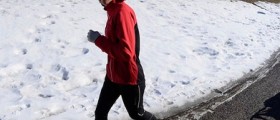


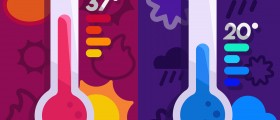
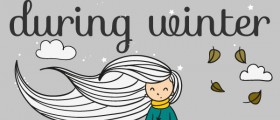
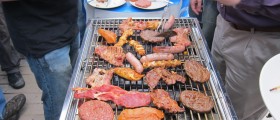
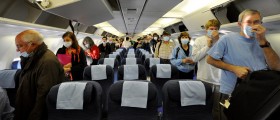
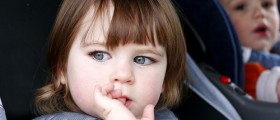
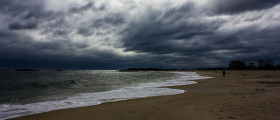
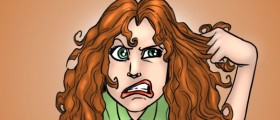



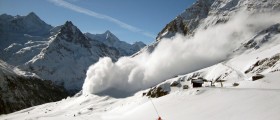
Your thoughts on this
Loading...